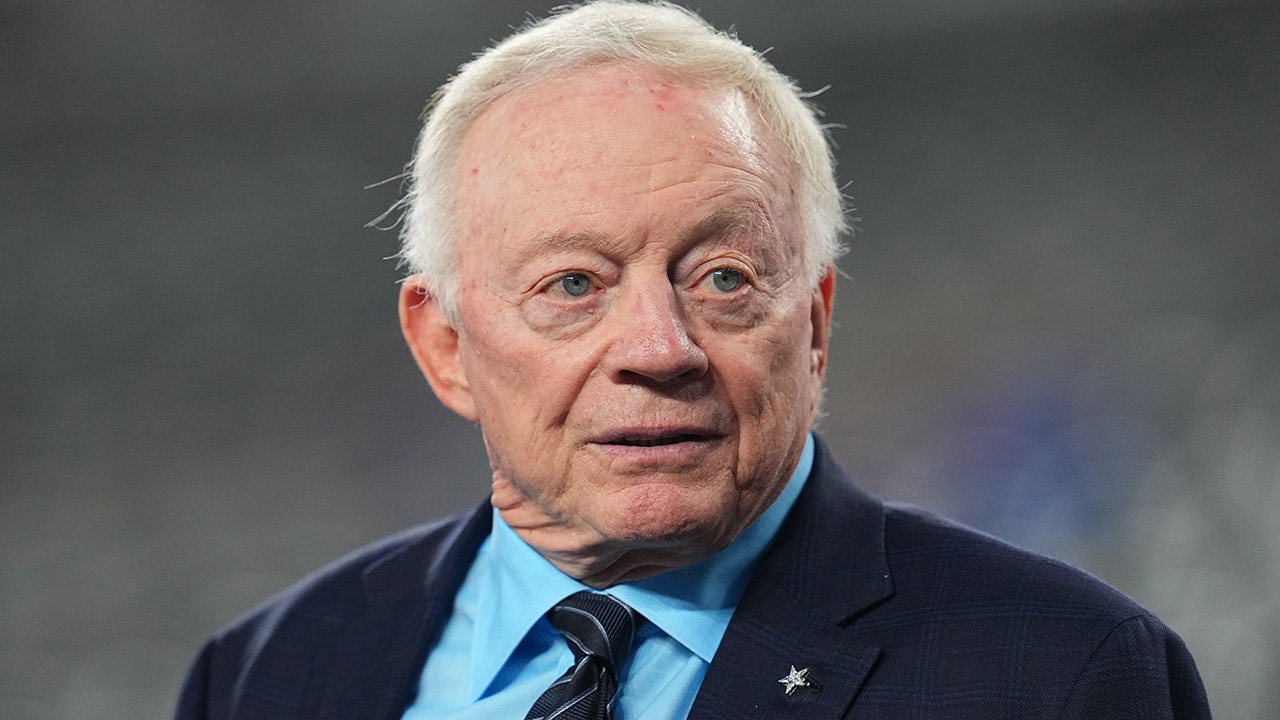Rosenberg had to work quickly under “insane” pressure, though — having about 20 minutes tops, she says — to render art of Trump to deliver to her media clients, which would soon include the New Yorker, which for the first time ran a courtroom sketch on its cover.
The scene was Lower Manhattan last Tuesday, where Trump pleaded not guilty to 34 felony counts of falsifying business records, stemming from 2016 hush money payments to former adult-film actress Stormy Daniels, with whom he is alleged to have had an affair.
Rosenberg is accustomed to such pressure — other famous courtroom subjects she’s covered include Ghislaine Maxwell, R. Kelly and Harvey Weinstein — and she wielded her pencils and Rembrandt and Sennelier pastels with the assurance of an artist who’s been doing this for decades. She began her career by doing practice sketches of sex workers appearing in a New York night court. Now here she was, 43 years later, trying to capture the likeness, gestures and glowering of a former president who was making his first court appearance in connection with the Daniels case for his arraignment.
Her tripod and luggage cart of art supplies close by, Rosenberg began a first sketch of other official figures in the courtroom: “I’ve never seen so much security, ever.” She was one of several court artists in the room.
Rosenberg started to draw Trump at his defense table, but she wasn’t thrilled with where her first attempt was going. When he pleaded not guilty, she decided she had better do another sketch. He was now turned toward the direction where she was seated, she recounts, noting that he had a compelling look, holding what she viewed as a dyspeptic expression. “I thought, aha — this is the one.”
She responded rapidly — “my hands were flying faster than my brain was going” — and then, just like that, it was over. She had to wrap up the sketches — “I had enough information on both to finish them up in the court” — and exit the jury box expeditiously.
From there, the speed of social media and public appetite took over. Her sketch of a forward-facing Trump went viral — a Reuters Pictures tweet was viewed millions of times — with some users altering him to look like the Grinch or the figure in Munch’s “The Scream.” And the New Yorker came calling, looking to license the image. By day’s end, that artwork was on its website and aimed for print, titled “Courtroom Sketch, Manhattan Criminal Courthouse.”
Something about that sketch simply resonated with many people. Trump’s arms folded defensively, the downturned mouth, the arched eyebrows. Rosenberg had sought to convey the countenance of a man who, she says, “started to look even less happy as the prosecutors read out that indictment.”
“What made this occasion unique was that Trump, who always strives on being center stage and relishes good or bad press couldn’t, for once, control the staging of his appearance,” New Yorker art director Françoise Mouly says.
She thought the sketch of Trump “turning his head to glower” at Manhattan District Attorney Alvin Bragg was “perfect” to use as a milestone cover.
“Rosenberg had caught the way Trump’s expressive face reflected his intense displeasure. I knew I wanted to use her sketch to mark this historic moment,” Mouly says. “I’m thrilled that even after 30 years of doing the magazine’s covers, there are still so many new possibilities.”
It’s a thrill for the Brooklyn-born Rosenberg after spending much of the 1970s studying at the Art Students League, which, in the wake of her latest moment in the media spotlight, “asked if I was interested in teaching a workshop.”
Rosenberg is accustomed to the ups and downs of persisting in such a high-speed profession. She already knew what it’s like for her art to spark meme images, such as when her sketch of the now-retired Tom Brady, during a 2015 NFL “Deflategate” hearing in New York, was criticized on social media. “That’s the first time I learned what a meme was,” she says.
One highlight in her career was being part of a 2017 Library of Congress exhibit titled “Drawing Justice,” for her court sketch while covering a Boston Marathon bombing trial.
Rosenberg looks forward to drawing Trump more in court, be it this case or another. Yet she has no single favorite courtroom subject. “My favorite trials,” she says, “are the ones where I have a good seat for drawing.”














































